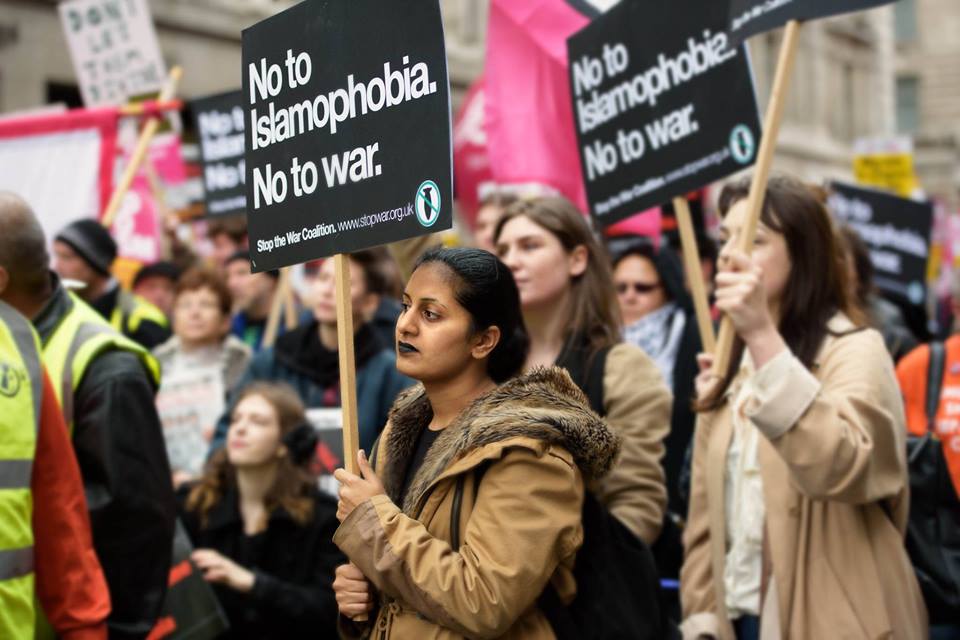
Most accounts blame the current crisis in Ukraine exclusively on Russia’s build-up of troops on the Ukrainian border. This is historically illiterate. The situation can only be understood in the context of a long-term NATO push to dominate Eastern Europe which inevitably challenges Russian interests in the area. Ukraine is caught in a standoff between two heavily armed big powers struggling for control of the region, but the crisis has been sparked more than anything by the new Biden administration’s return to a confrontational stance.
Most of modern Ukraine was part of the Soviet Union until its collapse in 1991. Promises were made at that time by US leaders that there would be no push to expand the NATO western alliance eastwards. These promises proved empty. As the western strategy analyst Stratfor explained at the time, NATO and EU expansion since 1991 has dismantled Russia’s traditional buffer zone. At the time of the collapse of the Soviet Union, NATO was 1,000 miles from St. Petersburg, after the Baltic States joined up it was a little more than 100 miles away.
From 1991, Ukraine – which has a large Russian population – was balancing between West and East. A crisis point was reached in 2014 when western attempts under Obama to draw Ukraine into a closer relationship with the EU and NATO led to the overthrow of the government and a new regime, closely aligned with the west. Fierce fighting followed and Russian troops took over the Crimea. After thousands of deaths, peace negotiations managed to stabilise the situation.
The Biden administration has picked up where Obama left off. Biden’s appointments at the State Department, among them Anthony Blinken and Victoria Nuland, are hawkish on NATO expansion in the region. Ukraine’s president Volydymyr Zelensky, elected in 2019, was courted by the West from the start. This year, after receiving increased US military aid, he has come out as a champion of Ukrainian membership of NATO. He has also become highly confrontational in his approach to Russia. In March, his government launched a ‘strategy for the reintegration and re-occupation of Crimea,’ a document that many experts interpreted as a declaration of war on Russia.
A straightforward timeline of events provides a much-needed corrective to the western media’s simplistic narrative:
1990: With the USSR in crisis, western leaders promise Russian leaders ‘NATO will not move one inch eastwards’.
1999: Poland, Hungary, and the Czech Republic join NATO.
2004: Bulgaria, Estonia, Latvia, Lithuania, Romania, Slovakia, and Slovenia join NATO.
2009: Albania and Croatia join NATO.
2013: The US and its western allies back protests in Ukraine which eventually topple the government.
February 2014: US Assistant Secretary of State Victoria Nuland caught selecting the new government on the phone with the US ambassador. The government contains far right authoritarians and ultra-nationalists.
March 2014: Russian troops enter Crimea, Crimea is annexed after a local referendum.
April 2014: Fighting starts between western Ukrainian forces and pro-Russian forces in the Donbass region leading to more than 14,000 deaths.
2016: NATO deploys four battalions to Estonia, Latvia, Lithuania, and Poland later joined by two U.S. Army tank brigades.
2017: Montenegro and North Macedonia join NATO.
2019: Ukraine’s aim to join NATO written into its constitution.
2020: Ukraine becomes a NATO ‘enhanced opportunities partner’ under new president Volydymyr Zelensky.
January 2021: President Biden nominates Victoria Nuland under-secretary of state to join equally hawkish secretary of state Anthony Blinken. Both are committed to pushing NATO right up to the Russian borders.
March 2021:
- Zelensky signs up to a ‘strategy for the reintegration and re-occupation of Crimea,’ calls for NATO to allow Ukraine full membership and steps up provocations against Russia.
April 2021:
- Biden sends two warships to the Black Sea in the middle of a sanctions war. Days later he rescinds the order and calls for a summit with Russia.
It appears that for now the Biden administration has pulled back from the brink. But a series of incidents in the Black Sea area, and the despatch of US warships shows how dangerous the situation is. We in the west need to be clear that NATO expansion in Eastern Europe is a key driver of the tensions there, that the US administration remains committed to pushing further east, and that we are going to have to campaign hard against further western escalations.
